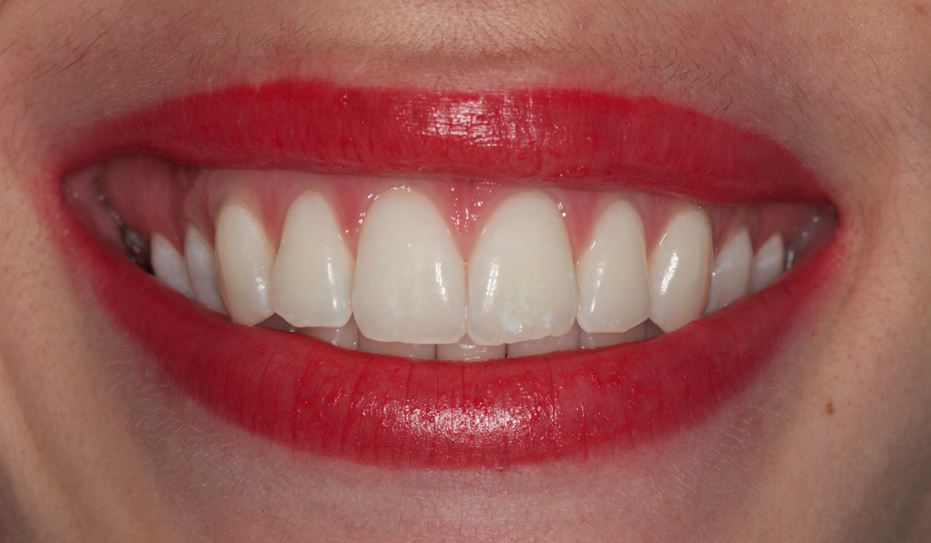Author: Dra. Alessandra Reis B. de Oliveira.
Patient gender: female patient
Main complaint: dissatisfaction with the tone of the teeth.
Initial clinical/radiographic evaluation
The patient came to the clinic to undergo the initial exam for dental whitening. During the exam, the professionals noted the presence of wear on the incisal edges and small gingival retractions around the canine teeth and pre-molars, but no signs of dentin hypersensitivity.
Treatment executed
The treatment suggested was the office whitening in two sessions.
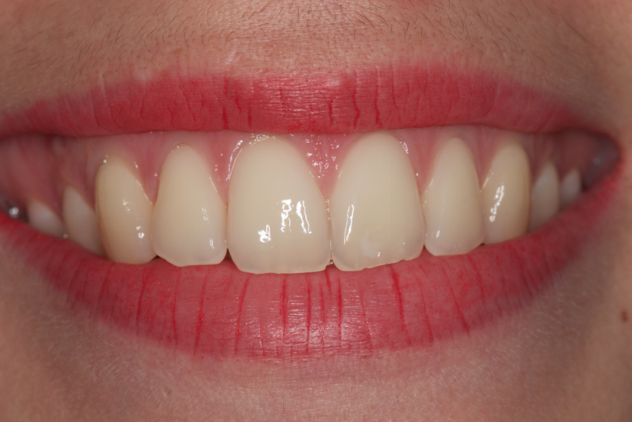
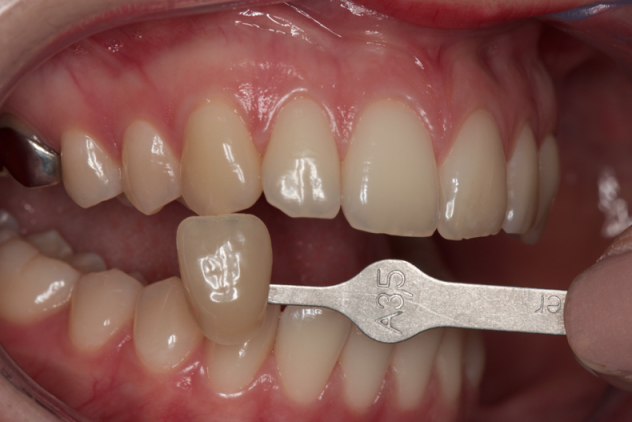
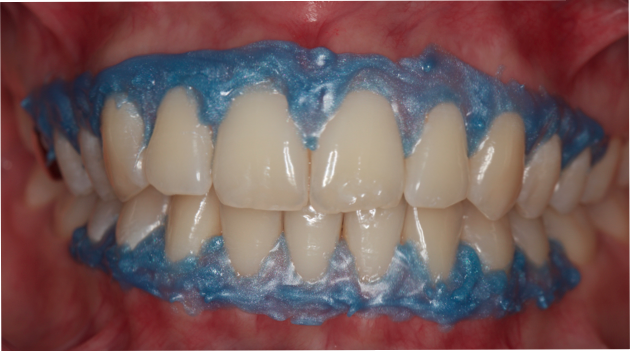
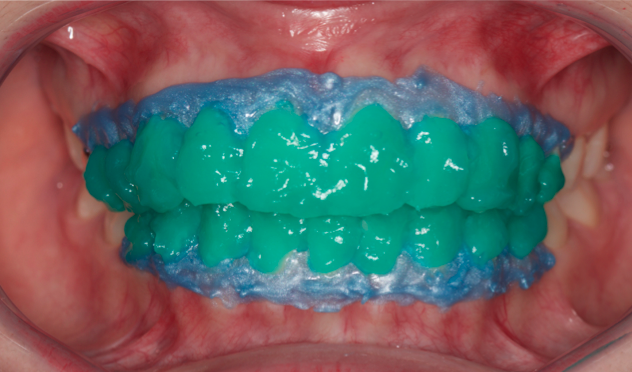
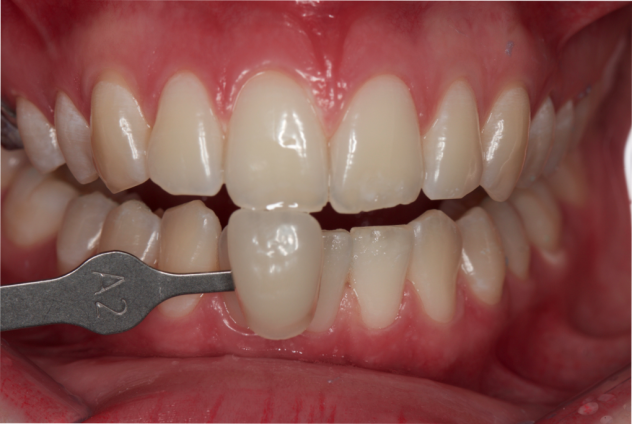
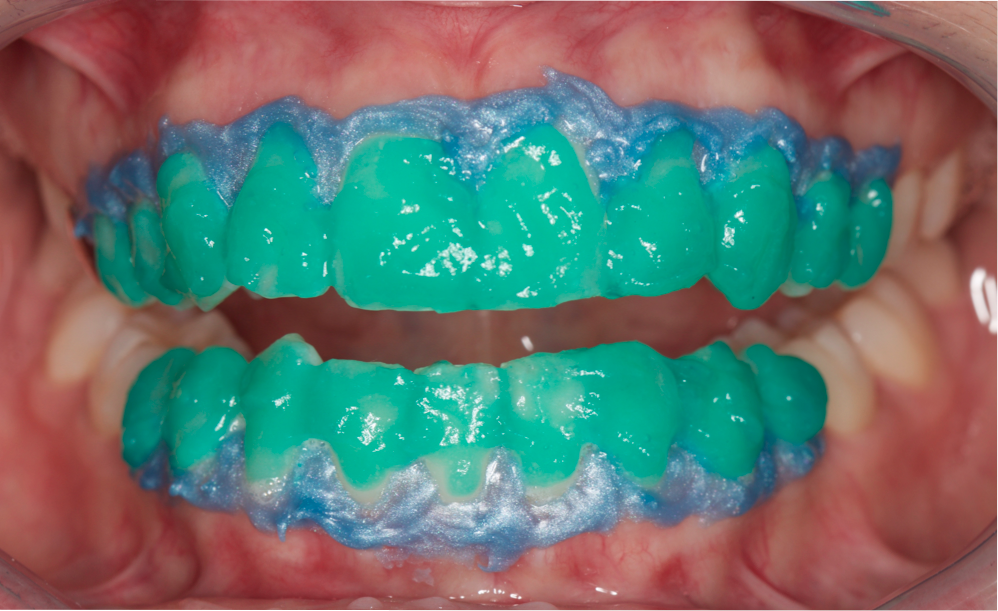
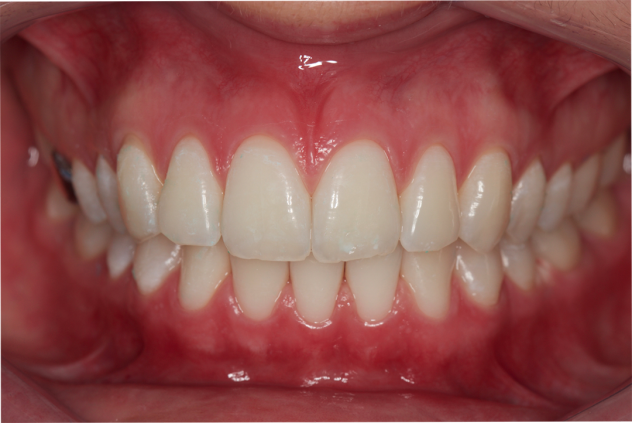
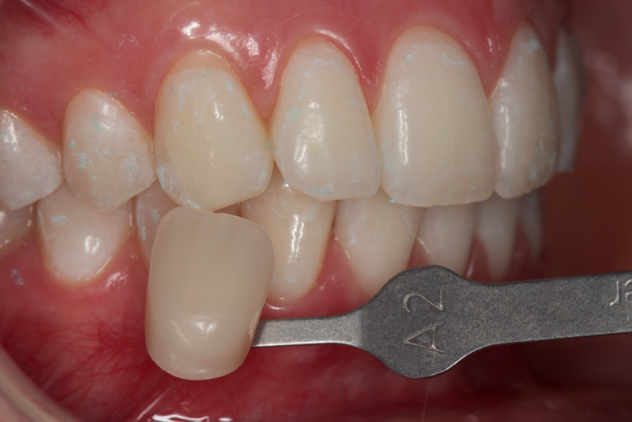
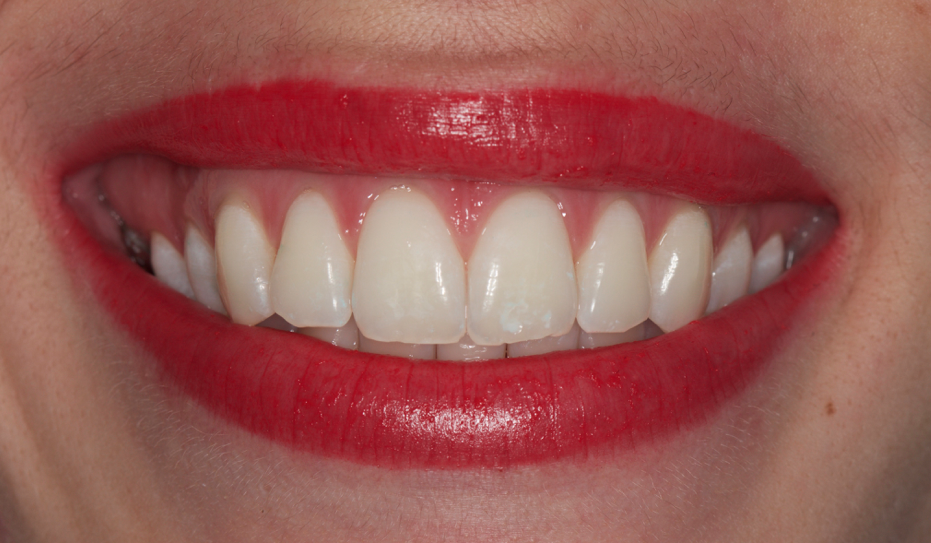
Conclusion
The office technique with Whiteness HP Automixx (FGM) offered an effective whitening procedure with less sensitivity and excellent result.
References:
- 1) Tay LY, Kose C, Herrera DR, Reis A & Loguercio AD (2012) Long-term efficacy of in-office and at-home bleaching: a 2-year double-blind randomized clinical trial Am J Dent 25(4) 199-204.
- 2) Pale M, Mayoral JR, Llopis J, Valles M, Basilio J & Roig M (2014) Evaluation of the effectiveness of an in-office bleaching system and the effect of potassium nitrate as a desensitizing agent Odontology 102(2) 203-210, 10.1007/s10266-013-0132-
- 3) Mena-Serrano AP, Parreiras SO, do Nascimento EM, Borges CP, Berger SB, Loguercio AD & Reis A (2015) Effects of the concentration and composition of in- office bleaching gels on hydrogen peroxide penetration into the pulp chamber Oper Dent 40(2) E76-82, 10.2341/13-352-

